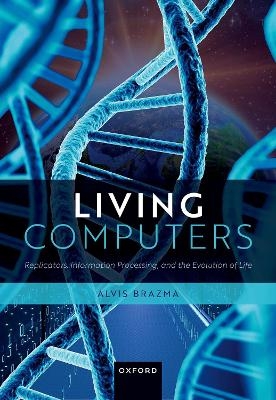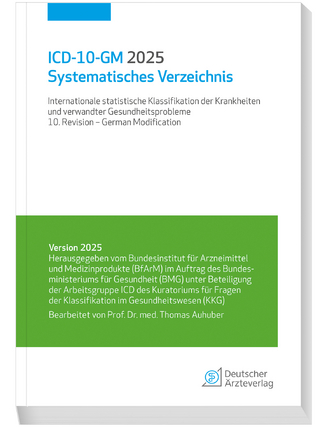
Living Computers
Oxford University Press (Verlag)
978-0-19-287194-7 (ISBN)
All currently known life is based on three classes of molecules: proteins - life's main structural and functional building blocks; DNA - life's information molecule; and RNA - a molecule that provides the link between these two. Despite the existence of language and the new means of information recording and processing it enabled, at the current stage of life's evolution, the information stored in the natural repository of our planet's DNA archive remains indispensable. If the DNA on Earth were to become seriously corrupted, all cultural information and life itself would soon disappear. However, does future life have to be reliant on these molecules or could a living organism be made of e.g. steel, rubber, copper, and silicon? What was life like when it first emerged on Earth billions of years ago? What will life be like millions or billions of years from now, if it still exists? Could future civilisations, including the possible heirs of the present one, persist without proteins, DNA, and RNA? The author arms the reader with the knowledge required to speculate about such questions in an informed and reasoned way.
Living Computers is aimed at students and scholars in a wide range of disciplines, from physics, computing, and biology to social sciences and philosophy. The fascinating idea of life as a computational phenomenon will also appeal to a more general readership interested in our origins and future existence.
Alvis Brazma is a Senior Scientist at the European Molecular Biology Laboratory (EMBL) - European Bioinformatics Institute (EBI), Cambridge, UK. He has worked in the discipline of bioinformatics-the science looking at biology from the perspective of information-from its very earliest days. He has published over 150 scientific papers on a wide range of subjects, from computer science to biology (and the links between the two), including in the highest impact journals such as Nature and Science, and has been cited almost 50,000 times.
Preface
1: How to clone oneself?
2: Self-organising molecules
3: Informed self-organisation
4: The simplest life
5: Evolving replicators
6: Life on Earth
7: Evolution as a ratchet of information
8: From DNA to language
9: Epilogue - beyond language
| Erscheinungsdatum | 18.11.2023 |
|---|---|
| Zusatzinfo | colour line drawings and photographs |
| Verlagsort | Oxford |
| Sprache | englisch |
| Maße | 180 x 254 mm |
| Gewicht | 796 g |
| Themenwelt | Mathematik / Informatik ► Informatik ► Theorie / Studium |
| Informatik ► Weitere Themen ► Bioinformatik | |
| Naturwissenschaften ► Biologie ► Evolution | |
| Naturwissenschaften ► Biologie ► Genetik / Molekularbiologie | |
| ISBN-10 | 0-19-287194-3 / 0192871943 |
| ISBN-13 | 978-0-19-287194-7 / 9780192871947 |
| Zustand | Neuware |
| Informationen gemäß Produktsicherheitsverordnung (GPSR) | |
| Haben Sie eine Frage zum Produkt? |
aus dem Bereich


